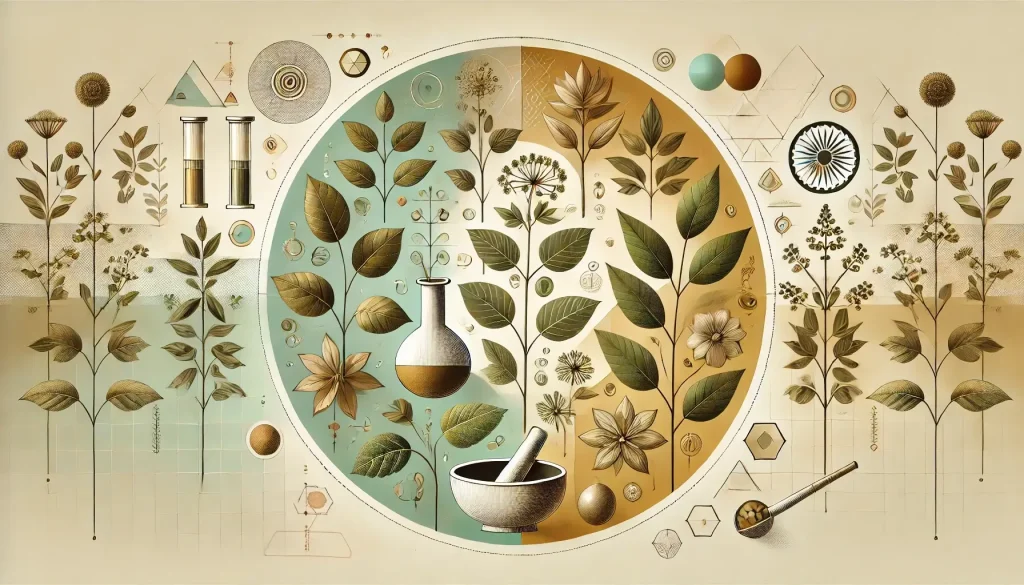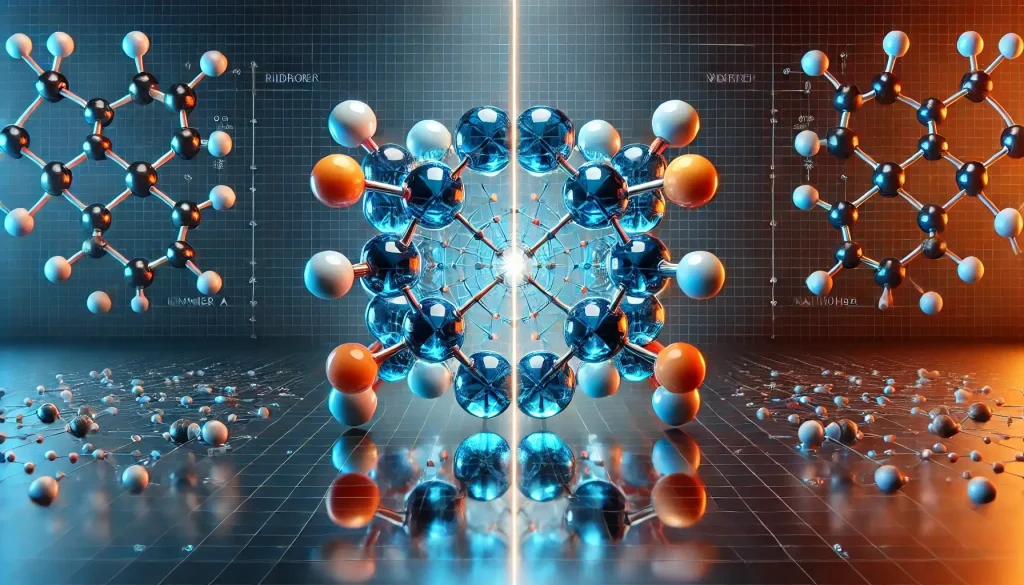Coarse dispersion U-3 Notes
Buy Premium
Get The High-Quality Pdf Notes on App
Coarse Dispersion
- Coarse Dispersion
- Suspensions
- Interfacial Properties Of Suspended Particles
- Settling In Suspensions
- Flocculated Suspensions
- Deflocculated Suspensions
- Emulsions: Definition and Overview
- Theories of Emulsification
- Microemulsions
- Multiple Emulsions
- Stability of Emulsions
- Preservation of Emulsions
- Rheological Properties of Emulsions
- Methods of Emulsion Formulation
- Emulsion Formulation by HLB Method
Other Units of Physical Pharmaceutics II
Physical Pharmaceutics II
Other Subjects of B Pharmacy 4th Semester
Topic wise notes of:
Medicinal Chemistry I
- Fundamentals of Medicinal Chemistry
- Drugs Acting on the Adrenergic Nervous System
- Cholinergic neurotransmitters
- Drugs acting on Central Nervous System
- CNS Drugs: Anesthetics, Analgesics and Anti-Inflammatories
Topic wise notes of:
Pharmacognosy & Phytochemistry I
- Pharmacognosy: Sources, Classification, and Quality Control
- Conservation and Cultivation of Medicinal Plants
- Plant tissue culture
- Role of Pharmacognosy and Secondary Metabolites
- Drugs of Natural Origin: Plant, Marine, and Primary Metabolites
Topic wise notes of:
Pharmacology I
- Introduction to Pharmacology & Pharmacokinetics
- Pharmacodynamics & Drug Interaction
- Pharmacology of drugs acting on peripheral nervous system
- Pharmacology of drugs acting on central nervous system-1
- Pharmacology of drugs acting on central nervous system-2
Topic wise notes of:
Pharmaceutical Organic Chemistry III
- Stereo isomerism
- Geometrical isomerism
- Heterocyclic compounds
- Heterocycles: Synthesis, Reactions & Uses
- Reactions of synthetic importance
Coarse Dispersion – Summary (200 Words)
Unit III focuses on coarse dispersion, particularly suspensions and emulsions, which are essential dosage forms in pharmaceutical formulations. It begins with an overview of suspensions, emphasizing the interfacial properties of suspended particles, such as surface charge and particle size, which influence the stability and behavior of the system.
The unit discusses the principles of settling in suspensions, explaining factors like particle size, density, and viscosity that affect sedimentation. It further distinguishes between flocculated and deflocculated suspensions, where flocculation promotes loose aggregation to prevent hard cake formation, while deflocculated systems remain finely dispersed but may form compact sediment.
The section on emulsions includes various theories of emulsification, such as the interfacial film and oriented wedge theories. It introduces microemulsions and multiple emulsions, which are advanced systems used for controlled drug delivery and enhanced bioavailability.
Moreover, the stability and preservation of emulsions are covered, focusing on the role of emulsifying agents and the prevention of phase separation. The unit also examines the rheological properties of emulsions, essential for product texture, spreadability, and consumer acceptability.
Lastly, the Hydrophilic-Lipophilic Balance (HLB) method is presented as a systematic approach to selecting suitable emulsifiers, ensuring the development of stable and effective emulsion formulations.
This unit provides a comprehensive understanding of stereochemistry, vital for advanced studies in medicinal and pharmaceutical chemistry.
At FirstHope, we provide BPharm notes that are topic-wise, easy to understand, and designed strictly as per the AKTU and Other Universities, hence designed according to PCI syllabus.




